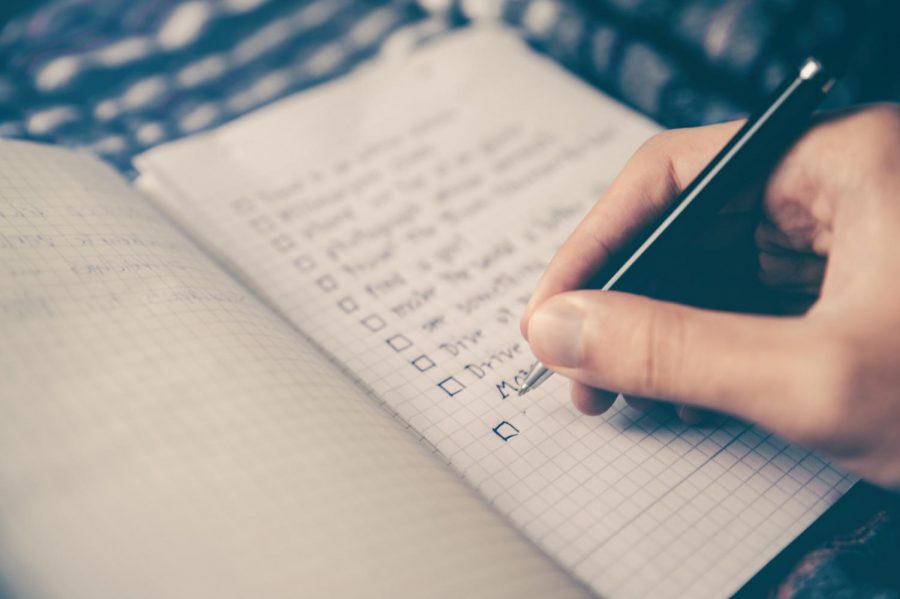Teachers Play a Role in Students Mental Health
October 1, 2021
Since the pandemic, mental health across the board has been a prevalent and current topic of discussion.
According to the CDC, “Building strong bonds and relationships with adults and friends at school, at home and in the community provides youth with a sense of connectedness…Youth need to know someone cares about them.” It’s essential for students to have strong connections and support groups. “As we’ve learned nationally during the COVID-19 pandemic, schools are critical in our communities to supporting children and families. While the expectation is that schools provide education, they also provide opportunities for youth to engage in physical activity and academic, social, mental health, and physical health services, all of which can relieve stress and help protect against negative outcomes.”
The teachers at JAHS have different approaches to teaching and facilitating their classrooms. In many classes, the status quo is jumping right into the subject and doing what can feel like busywork for the duration of the period. Many classes jump from one assignment to the next and cram to get as much done as possible before the period is over.
Starting high school is a big adjustment for freshman and new students, and this year has brought a large range of feelings. Some students are excited to see their friends and go to school each day, while others dread every early morning.
When the work piles up or students are struggling to find a game plan that works for them, this can cause students to struggle and it can become difficult for them to find spaces to take some deep breaths and refocus. One thing teachers can do to help is make some space for this in the classroom.
Social Studies teacher Mrs. Schludecker says that she starts every class with a “Do Now,” giving her students a few extra minutes to complete the assignment than they need so that they can do something of their choice for a minute or two. “I give extra time for kids to take a breath or check that text without policing their activity for those few minutes,” Schluedecker says.
Students have responded positively to Schludecker’s classroom and to classes that function similarly. “Mrs. Schludecker helped me a lot last year with my anxiety and class work,” Junior Olivia Bruno says. “[She] has always been extremely understanding. I had her last year and she was always there for me. I struggled a lot last year and I felt like she truly understood how I was struggling.”
Junior Evie McDaniel has had similar experiences with different teachers in the building. “Ms. Dollinger has always been very mentally there for me and anytime I’ve been down she’s definitely been very caring and helps me individually.”
McDaniel adds, “Mr. Hughes always asks us how our day is like individually, like making sure we’re all doing well before we start class.”
Teachers like these can do a lot to help with students’ mental health, but there are also steps students can take to help their own mental health needs.
Whether students are struggling or doing great, it’s always a good idea to have a support system to rely on for encouragement. Go in with a game plan.
Having a game plan before jumping into something gives you confidence and things to fall back on when you need an extra push. Creating lists of things that help you destress and relax to use when you need a break can help you feel less overwhelmed. If you need help creating a game plan, click here to access tips on making a game plan. School guidance counselors are also a resource available to students throughout the school day.









